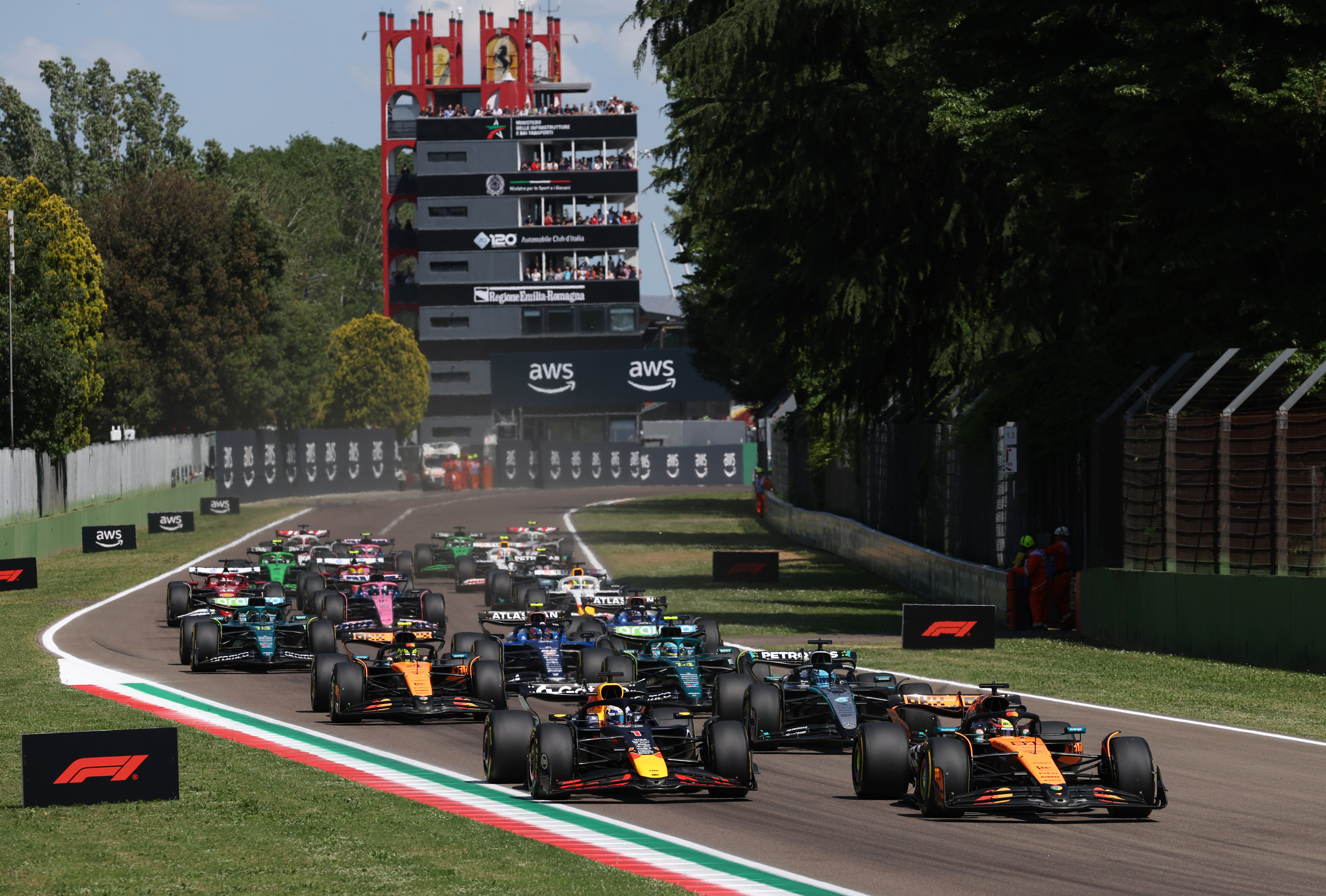F1 in Imola reminds us it’s about strategy as much as a fast car - Ars Technica
Race Overview
The Formula 1 race at Imola saw Verstappen's Red Bull emerge victorious, although the race was not solely a test of speed. Verstappen deftly overtook Piastri's McLaren early on, despite an initially unremarkable start.
Overtaking Challenges
Overtaking at Imola is notoriously difficult, as evidenced by historical races where slower cars successfully defended against faster opponents. While overtaking is possible, as shown by Norris passing Russell, it remains a significant challenge.
Strategic Pit Stops
The difficulty of overtaking emphasizes the importance of strategic pit stops. Teams employ strategies like 'undercutting' where a pit stop is executed before a rival to gain track position with fresh tires. Tire degradation, along with the number of pit stops (at least one is mandatory due to tire compound rules), significantly impacts the race outcome.
Sunday brought smiles for the Red Bull and Ferrari teams. In the hands of Verstappen, the Red Bull was about as fast as the black-and-orange McLarens, and while second was the best Verstappen could do in qualifying, the gap to McLaren's Oscar Piastri was measured in the hundredths of a second.
Verstappen's initial start from the line looked unremarkable, too—the Mercedes of George Russell seemed more of a threat to the pole man. But Verstappen saw an opportunity and drove around the outside almost before Piastri even registered he was there, seizing the lead of the race. Once the Red Bull driver was in clean air, he was able to stretch the gap to Piastri.

Getting past someone is notoriously hard at Imola. In a 2005 classic, Fernando Alonso held off Michael Schumacher's much faster car for the entire race. Even though the cars are larger and heavier now and more closely matched, overtaking was still possible, like Norris' pass on Russell.
Undercut? Overcut?
But when overtaking is as hard as it is at a track like Imola, teams will try to use strategy to pass each other with pit stops. Each driver has to make at least one pit stop, as drivers are required to use two different tire compounds during the race. But depending on other factors, like how much the tires degrade, a team might decide to do two or even three stops—the lap time lost in the pits by stopping more often can be less than the time lost running on worn-out rubber.
In recent years, the word "undercut" has crept into F1 vocab, and no, it doesn't refer to the hairstyles favored by the more flamboyant drivers in the paddock. To undercut a rival means to make your pit stop before them and then, on fresh tires and with a clear track ahead, set fast lap after fast lap so that when your rival makes their stop, they emerge from the pits behind you.
Was this article displayed correctly? Not happy with what you see?
If you often open multiple tabs and struggle to keep track of them, Tabs Reminder is the solution you need. Tabs Reminder lets you set reminders for tabs so you can close them and get notified about them later. Never lose track of important tabs again with Tabs Reminder!
Try our Chrome extension today!
Share this article with your
friends and colleagues.
Earn points from views and
referrals who sign up.
Learn more
Save articles to reading lists
and access them on any device